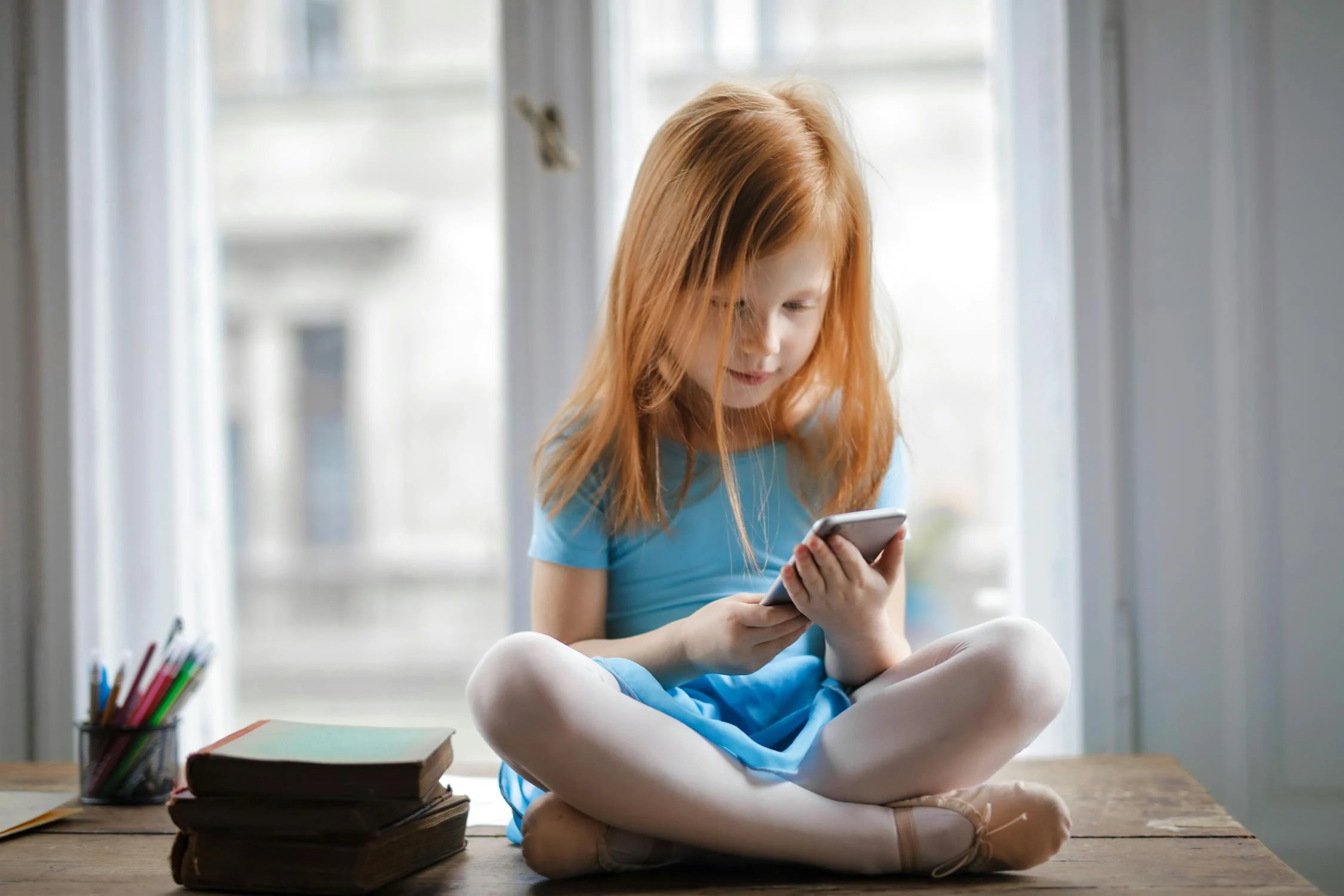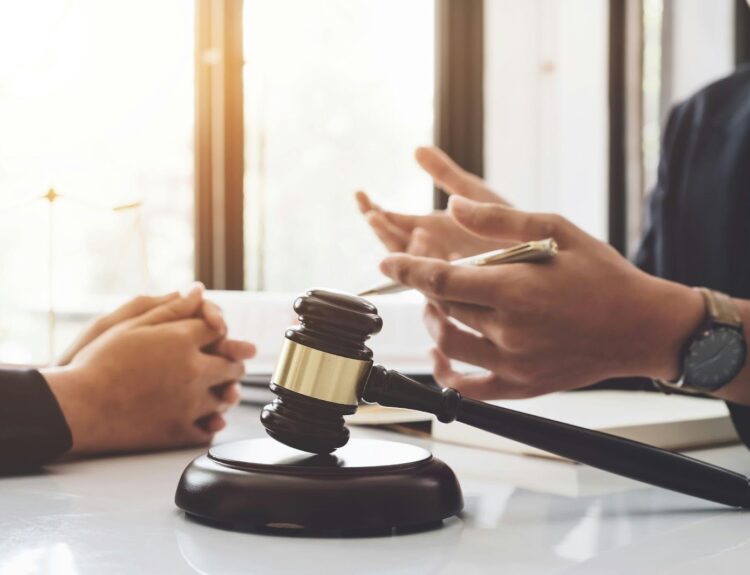Scrolling through memes and videos of adorable pets on Instagram or Facebook has become an everyday habit for each one of us. Mindless scrolling might provide you with mental refreshment, but is it doing the same to your child? Definitely not.
Social media, no doubt, is a great place for information-sharing as well as connecting with people near and far. But excessive social media usage can have a negative impact on children. The Mayor of New York City, Eric Adams, has announced a lawsuit against social media companies for fueling a nationwide youth mental health crisis.
In this article, we’ll discuss a few negative impacts of social media on children.
Contents
3 Negative Impact of Social Media on Children
Here are three negative effects of social media on children:
1. Body Image Issues
Spending too much time on social media can lead to issues with body image.
Social media platforms, especially Instagram and TikTok, feature photographs of people with flawless faces and bodies. This leads to feelings of dissatisfaction and inadequacy in children. What children fail to realize is that people use photo editing tools and filters to enhance their images before uploading them on social media platforms.
Data shows that 46% of teenagers agreed that social media made them feel worse about their bodies. Women aren’t the only ones suffering from body image issues. Unrealistic beauty standards are resulting in low self-esteem and body dissatisfaction in men, too.
Quite surprisingly, social media filters have resulted in a phenomenon called “Snapchat dysmorphia.” It’s a trend in which young people—women, in particular—seek cosmetic surgeries to make their actual appearances resemble filtered photographs.
2. Cyberbullying
Teens and children are victims of cyberbullying—did you know that? Approximately 46% of teens between 13 and 17 years have been victims of bullying online.
Cyberbullying is similar to traditional forms of bullying, except that it takes place digitally. Bullies use technology to harass or threaten another person. Rude, aggressive, or mean texts, posts, tweets, and even messages count as cyberbullying. Posting pictures or videos to embarrass or hurt someone also counts as online bullying.
Statistics show that the most common site for cyberbullying is Instagram. About 42% of young people experienced bullying on Instagram. A close second is Facebook with 37% and Snapchat with 31%.
The impact of cyberbullying, TruLaw remarks, is significant on teens, leading to anxiety, depression, and low self-esteem. Intense or prolonged cyberbullying incidents can lead to suicidal thoughts and behaviors.
Early this year, a South Carolina lawmaker, Brandon Guffey, filed an Instagram lawsuit after his son died by suicide. The grieving father revealed that his oldest son Gavin Guffey, 17, became a victim of sexual extortion. Days after his son’s suicide, he and his younger son received messages from an Instagram scammer who demanded money in exchange for the nude photos of his deceased son.
Guffey sued Instagram for gross negligence, wrongful death, and other claims, alleging that it does not do enough to safeguard children like Gavin from internet predators.
3. Dangerous Viral Trends
Some viral TikTok trends, such as the mannequin and ALS ice bucket challenges, are fun. But on the other side of the coin, certain TikTok trends can be dangerous and result in lasting harm.
Case in point—the Benadryl challenge. This challenge encourages people to consume Benadryl—the over-the-counter medication—-for a psychedelic experience. This medicine is used for the treatment of cold and allergy symptoms. If abused, this drug can cause comas, heart problems, seizures, and even death.
The Borg challenge is another risky challenge. Borg, or blackout rage gallon, is a drink made of alcohol, caffeine flavoring, electrolytes, and water in a gallon jug. The purpose of this drink is to keep the drinkers hydrated while reducing their risk of hangovers.
This risky trend, however, has had the opposite effect. It resulted in the hospitalization of about 30 students of the University of Massachusetts Amherst due to binge drinking.
Social media trends often start as harmless fun, but sometimes, they quickly escalate into situations with serious consequences. These range from physical injury to death.
Tips to Protect Your Child From the Negative Impact of Social Media
Here are a few actionable tips that will help you protect your child from the negative impact of social media use:
- Set screen time as well as social media limits
- Keep an eye on your child’s online activity by following them on social media platforms
- Teach them not to share personal information online, including phone numbers and address
- Disable location sharing, and ask your child not to geo-tag photos
To wrap things up, the upsides of social media are many, from connecting with people to learning how to communicate online. But, at the same time, it presents significant risks to the mental health and well-being of children and adolescents.
Social media’s negative effects, such as body image concerns and dangerous viral trends, are pervasive and profound. As a parent, it’s your duty to take proactive steps to protect your child. The tips mentioned above will help you safeguard your child from the negative effects of social media, so follow them.
Finally, stay informed and vigilant; you’ll be able to empower your child to navigate the digital world responsibly.




